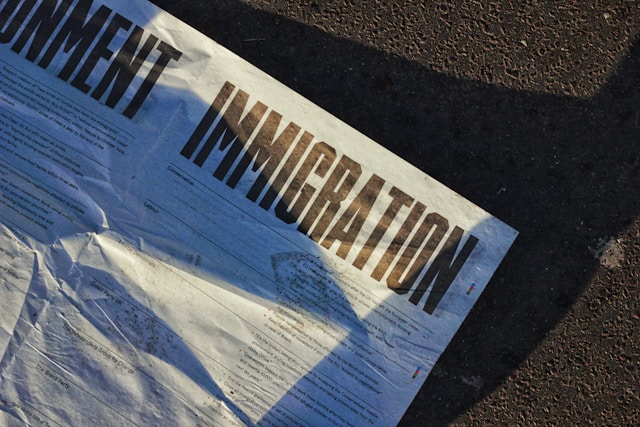Many professionals want to have long-term stability and opportunity, which is why they would like to acquire permanent residency in the United States. Employment is one of the most widely used avenues, and U.S. employers sponsor foreign employees to obtain a green card. Although the process may be intense and complicated, it becomes easier to follow as you understand the steps to be followed. Each phase of employer sponsorship, through to final approval, is vital in the development of the result.
Getting to know Employment-Based Green Cards.
Green cards through employment come in various types, and this depends on the skills, education, and professional qualifications of the applicant. These categories are commonly known as EB-1 to EB-5 and place emphasis on the workers in such fields as science and business, as well as professional trades and investments. As an example, EB-1 is restricted to those who have outstanding skills, like researchers or executives, and EB-2 and EB-3 apply to professionals with advanced degrees or skilled employees. EB-5, however, takes special attention to investors who produce jobs in the United States.
The first step is to know which category is applicable. Both of them have particular requirements and documentation standards.
The Role of the Employer in the Sponsorship.
Mostly, the process of obtaining a green card via employment starts with an employer in the U.S. The employer has to prove that a U.S. candidate will not fill the position given to the foreign worker easily. This is accompanied by a labor certification process that basically constitutes evidence that the employment of the foreign worker will not adversely impact the wages or the employment of American workers.
At this phase, job ads are usually posted, the applicants are screened, and the recruitment process is recorded. This is done under the supervision of the Department of Labor, and you have to have permission to proceed with this step.
Submission of Immigrant Petition.
Form I-140 is the Immigrant Petition of Alien Worker that the employer files after labor certification. Through this petition, it is determined that the worker is qualifying for the job and the category of green card. It also verifies whether the employer can afford the wage offered or not. The evidence provided may consist of academic records, evidence of work experience, and financial statements of the company.
This is when a system known as the visa bulletin will dictate the position of the applicant in the queue according to the country of origin and category. There are those categories that are swift and those that might be associated with protracted waiting. Learning the schedule allows the applicants to regulate their expectations and get ready to take the next transition: modifying status or consular processing.
Admission or Consular Visa.
After the approval of the petition for immigrant, and the availability of the visa, the applicant can make the final step towards permanent residency. In the situation where the applicant is already residing in the United States, the process is referred to as an adjustment of status, and it entails the filing of Form I-485. In this application, there is a medical check, a fingerprint, and an interview with USCIS. In case an applicant resides not in the United States, then such a process is called consular processing, and an interview at an embassy in the U.S. or a consulate abroad is required.
Professional Advice and mentoring.
Due to the fact that the procedure consists of numerous governmental institutions and paperwork, a lot of applicants resort to professional assistance. Employers can also engage immigration lawyers to make sure everything is in order as per the rules, but applicants, in most cases, seek services to help them with the process of tracking and document preparation. An efficient green card application service may be particularly helpful when it comes to time constraints and deadlines, as well as structuring the necessary forms. Although not compulsory, professional advice would help minimize errors and delays, and the experience of getting to permanent residence would be easier.
Conclusion:
The process of obtaining a green card via employment is a long process that requires time and accuracy, as well as integration of both the individual and the employer. Since the selective category choice for the final interview, all the steps will contribute to the result. The employment-based green card program is a definite route for other professionals interested in settling in the United States and getting new opportunities.


